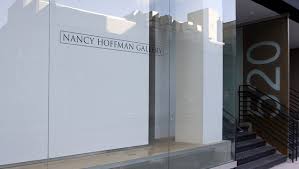
“The older I get, the more I feel that color is what painting is.
Painting is primarily color.
Theoretically I learned that at the beginning, perhaps it was Albers from whom I first heard it, but here I am now,
in these twilight skies, knowing that, for me, painting is color.
And because my works are primarily about the act of painting while using nature’s realm as point of departure, (or is it point of arrival?)—–
and that I feel nature in all its mystery and spiritual breath can best be expressed by color’s energetic spectrum.
Color is a language. It is the language of painting. How painting expresses itself is in large part with color.
With all its variety and liveliness, color acts in the work of art as blood does as it circulates through our bodies.
Color is what keeps the painting alive and moving.
When I paint, it is basically the putting of one color next to another —–
that’s really what I do. Colors building slowly and inevitably, constructing and creating
what is to be born in the painting-to-be.
One color appears, and then another one goes next to it,
then another lies itself over a color, and then a spot here, a speck there,
and then an air of a color there, then a glob of color there.
A kind of democratic state is born as all these individual color beings join together,
living,working and playing together in one space.
I believe that the more color-surprises reveal themselves,
the more the painting will be rich, more like life, in all its revelations of the unexpected,
the never known before, the inevitable being made manifest
Let the tapestry be as full as possible.
Let the colors sing and zing.
Let colors speak their language of life.
Painting is primarily color.”
Joseph Raffael
2008






